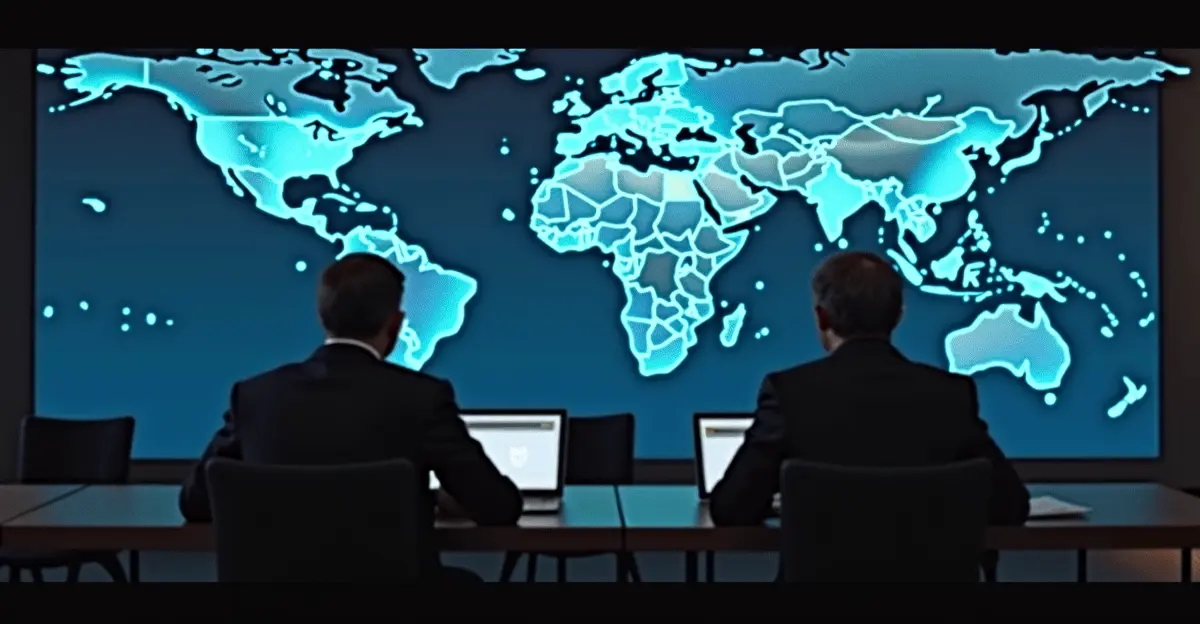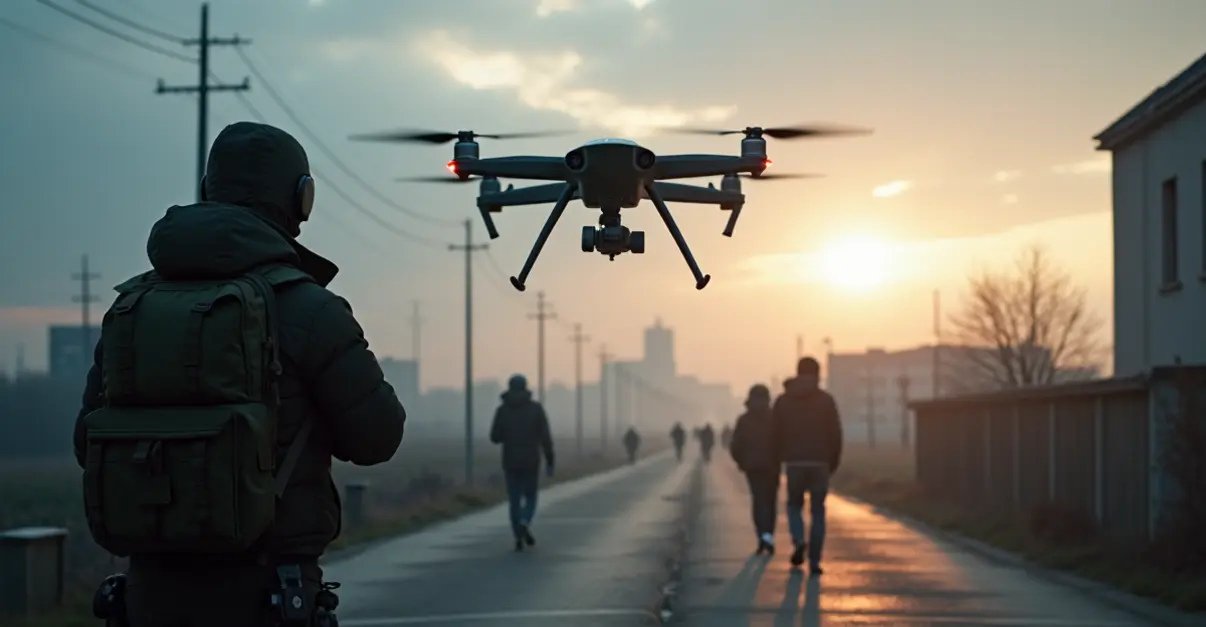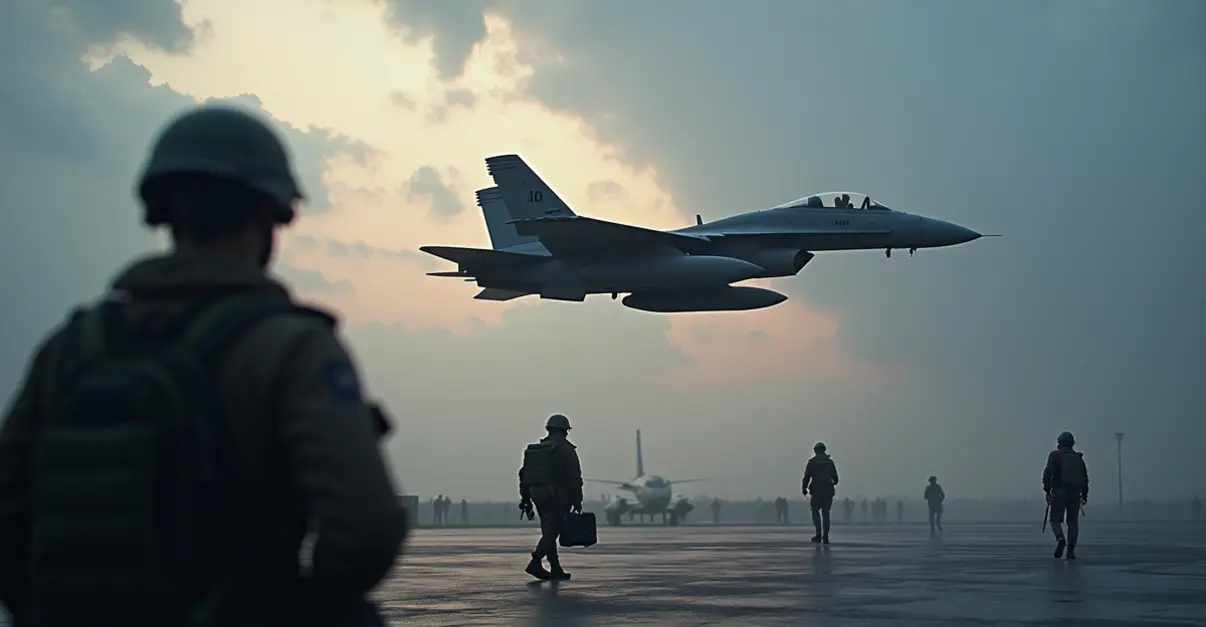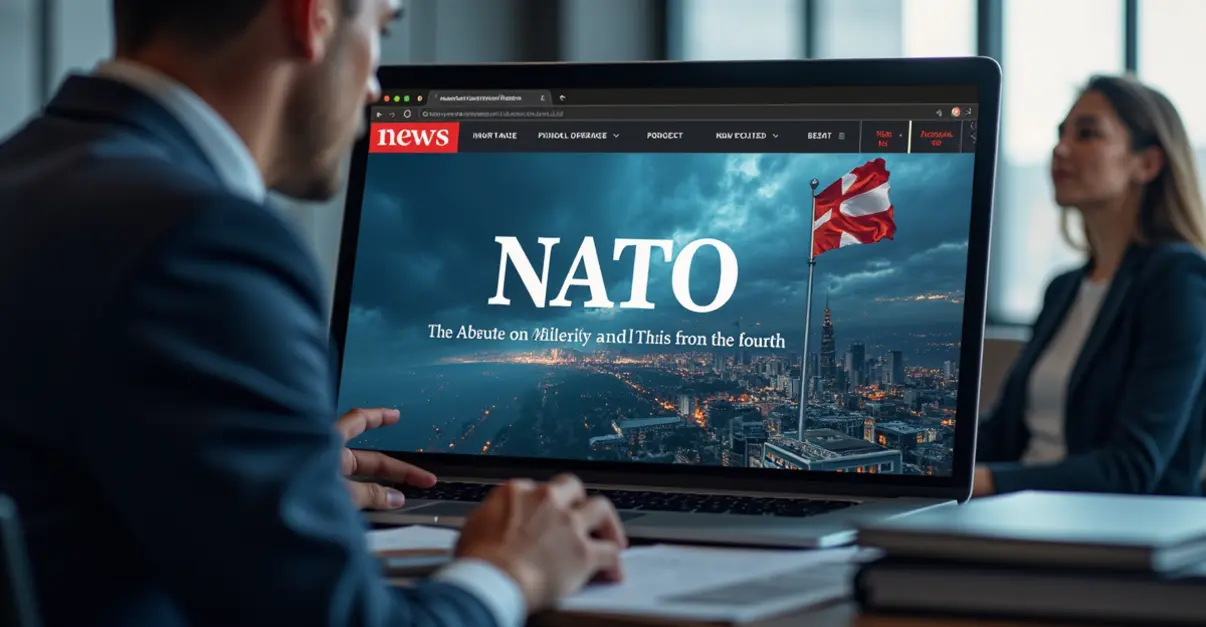NATO's 2025 summit produced historic cyber defense commitments including 5% GDP defense spending, command restructuring, and enhanced threat intelligence sharing to counter state-sponsored digital threats.

Historic Commitments Transform NATO's Digital Defense
At the 2025 NATO Summit in The Hague, member states have made groundbreaking commitments to fundamentally restructure the alliance's cyber defense capabilities. In what officials are calling the most significant cybersecurity overhaul in NATO's history, leaders pledged substantial resources, command restructuring, and enhanced threat intelligence sharing to counter growing digital threats from state actors.
Resource Allocation and Defense Spending
The summit produced a landmark agreement where NATO Allies committed to investing 5% of GDP annually on defense by 2035. Of this total, 3.5% will be allocated to core military requirements while 1.5% is specifically designated for critical infrastructure protection, cybersecurity, civil preparedness, and defense industrial base enhancement. 'This represents a quantum leap in our collective cyber defense posture,' said NATO Secretary General Jens Stoltenberg during the closing press conference. 'We're moving from reactive defense to proactive resilience across all domains.'
Command Structure Transformation
Building on decisions from the 2024 Washington Summit, NATO is establishing the new Integrated Cyber Defence Centre at SHAPE headquarters to enhance network protection across peacetime, crisis, and conflict situations. The alliance is also operationalizing the Cyber Operations Centre (CyOC) and creating a joint framework for coordinating member states' offensive cyber capabilities under NATO command. 'The old structures weren't built for the speed of modern cyber warfare,' explained General Christopher Cavoli, Supreme Allied Commander Europe. 'We're creating a unified command that can respond to threats in minutes, not days.'
Enhanced Threat Intelligence Sharing
A key breakthrough at the summit was the agreement to establish real-time threat intelligence sharing mechanisms among all 32 member states. This includes the expansion of the Malware Information Sharing Platform and the creation of standardized protocols for immediate cyber incident reporting. The initiative builds on NATO's existing Cyber Defence Pledge 2.0, which emphasizes resilience, information sharing, and active defense. 'Information sharing is our force multiplier,' noted Dutch Defense Minister Kajsa Ollongren, whose country hosted the summit. 'When one ally detects a threat, all allies should benefit from that knowledge immediately.'
Geopolitical Context and Threats
The summit occurred against a backdrop of unprecedented cyber threats, with security analysts warning of coordinated campaigns by Russian and Chinese state-sponsored groups. According to Recorded Future's threat assessment, Russian groups including SVR, FSB, and GRU are conducting targeted espionage against NATO entities, while Chinese groups pursue opportunistic intelligence gathering. The war in Ukraine has demonstrated how cyberattacks can precede physical conflict, making enhanced cyber defense a strategic imperative.
Industry Collaboration and Future Technologies
NATO is strengthening public-private collaboration through the NATO Cyber Industry Partnership (NCIP), recognizing that 80% of critical infrastructure is privately owned. The alliance is also investing in emerging technologies like artificial intelligence and quantum computing through its Innovation Fund and DIANA program. 'We cannot defend what we don't understand,' said Microsoft President Brad Smith during the NATO Summit Defence Industry Forum. 'Partnership with technology companies is essential for maintaining our technological edge.'
The summit's outcomes represent a fundamental shift in how NATO approaches collective defense in the digital age. With cyberattacks now capable of triggering Article 5 responses, the alliance is positioning itself to defend against hybrid threats that blur the lines between peace and conflict.

 Nederlands
Nederlands
 English
English
 Deutsch
Deutsch
 Français
Français
 Español
Español
 Português
Português









